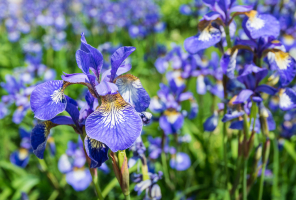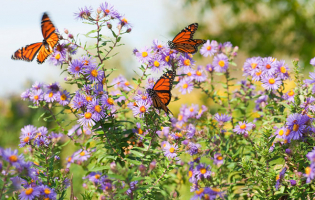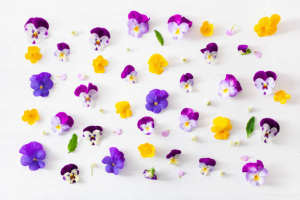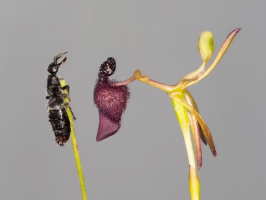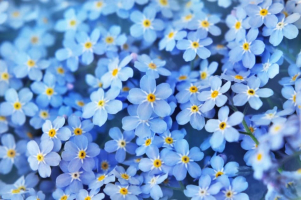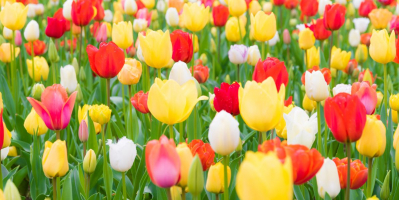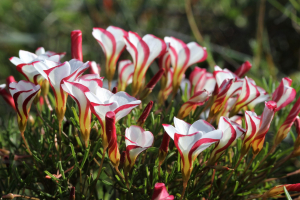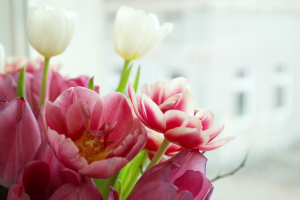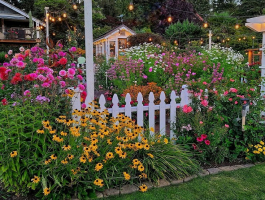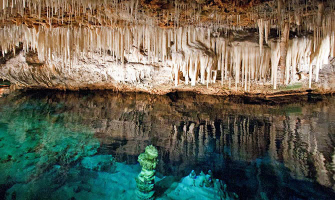Top 10 Beautiful Flowers That Bloom At Night
While most people associate flowers with lovely blossoms bathing in the dazzling glow of afternoon sunlight, there are some plants and flowers that are ... read more...nocturnal and only open their flowers at night. This article discusses the best flowers that bloom at night and close during the day.
-
Epiphyllum oxypetalum, often known as the Queen of the Night flower, is a perennial, night-blooming cereus with big, fragrant flowers that open just for the duration of a single evening.
This succulent has magnificent blossoms that have a lovely smell and maybe up to nine inches in diameter when completely open as a white flower that blooms at night.
Queen of the Night uses its spineless stalks to store water and to reach out and grip onto the surface of neighboring plants when discovered outside in their natural habitat. But, fortunately for us, they can live as houseplants and look great in a hanging basket or a tiny pot.
The lovely blossoms will open at night once a year (usually in the summer or fall) and wither by daylight. Check your Queen of the Night flower every evening, or you may miss its stunning, short-lived blossoms.
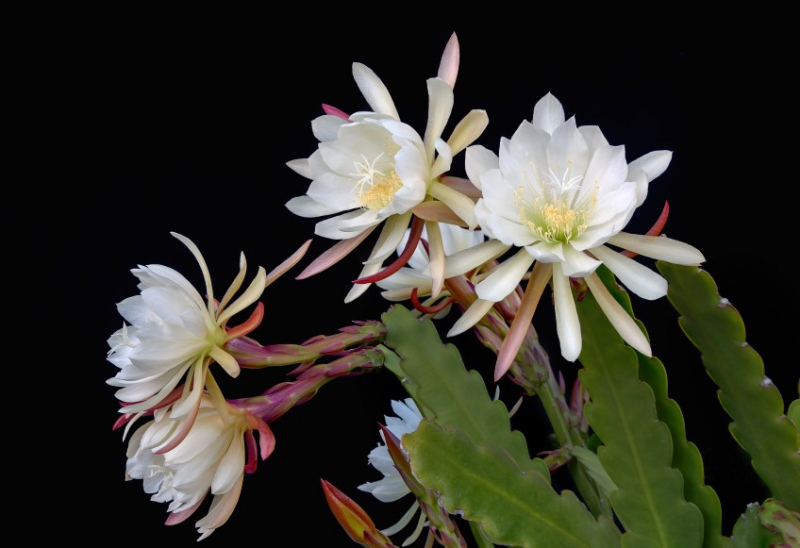
Queen of the Night (photo:https://www.gardenclinic.com.au/) 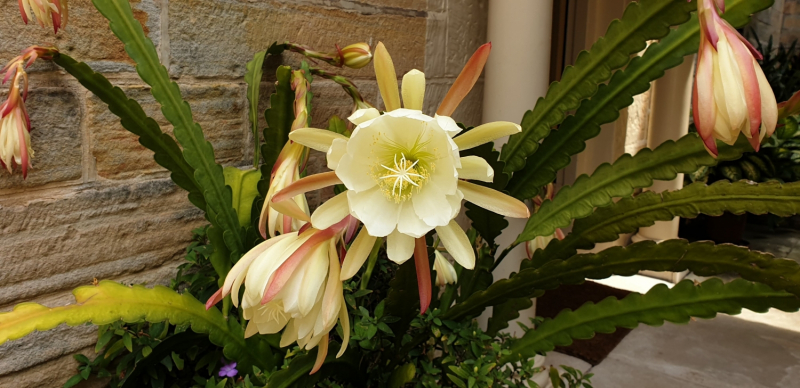
Queen of the Night (photo:https://sydneylivingmuseums.com.au/) -
Oenothera biennis, or Common Evening Primrose, is a biennial wildflower native to North America with sweet-smelling yellow flowers that bloom at night.
Evening Primrose's many blossoms open every night from late spring to early fall, making it far less elusive than the aforementioned Queen of the Night. (This is usually from May through July.)
Evening Primrose is a biennial, which means that it blooms every two years. It forms its stem and leaves in the first year, flowers, and dies in the second. The yellow, four-petaled blossoms have a lemon aroma and can expand to be up to two inches across.
Not only is Evening Primrose visually appealing and fragrant, but parts of the plant are edible, and it is the source of Evening Primrose oil, which is known to have numerous medical applications.
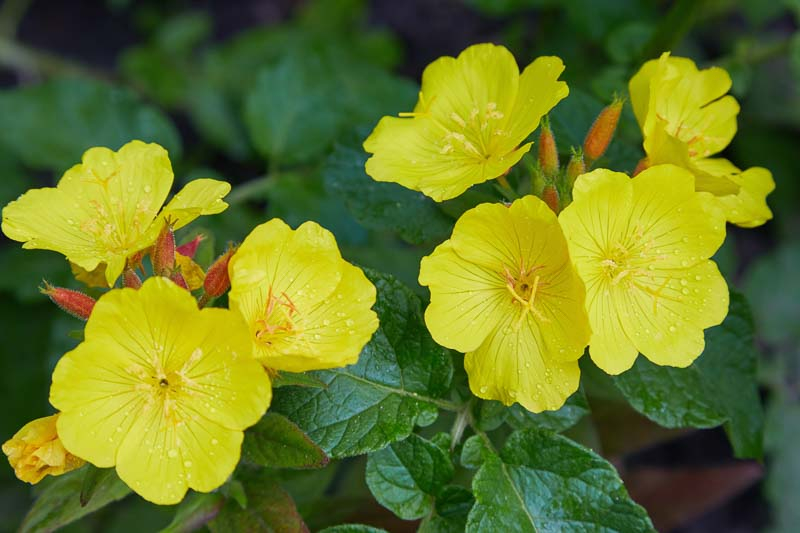
Evening Primrose (photo:https://www.gardenia.net/) 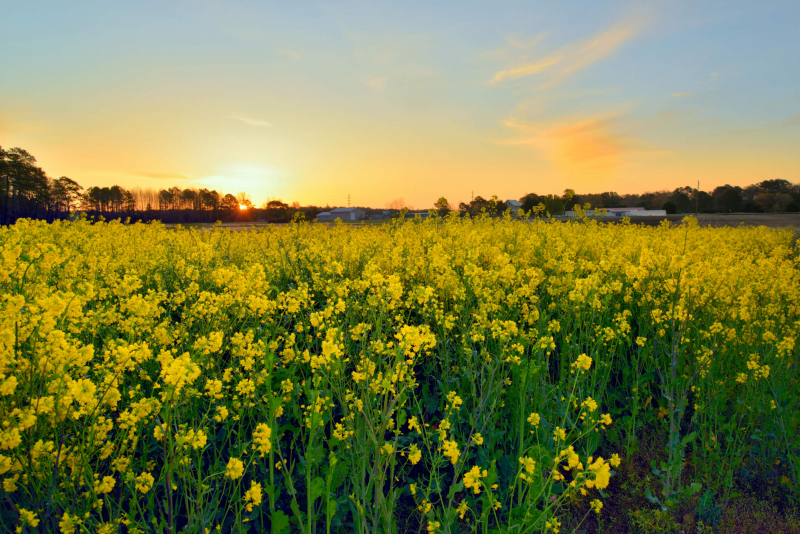
Evening Primrose (photo:https://healtheries.co.nz/) -
Ipomoea alba, often known as Moonflower, is a perennial vine with huge white blooms that bloom after dusk and remain open until sunlight falls on their petals. On days when the sun is obscured by thick clouds, it has been known to stay open a little longer into the day.
Moonflower is distinguished by its heart-shaped leaves, vigorous vine, and huge white blooms that open fast, have a lovely aroma and bloom nightly from midsummer until fall.
Moonflower prefers warm, tropical climates and is native to Florida, Louisiana, Texas, Puerto Rico, and the Virgin Islands, where it grows best next to a trellis, fence, or other means of support. However, in milder climates, it is frequently grown as an annual bloom.
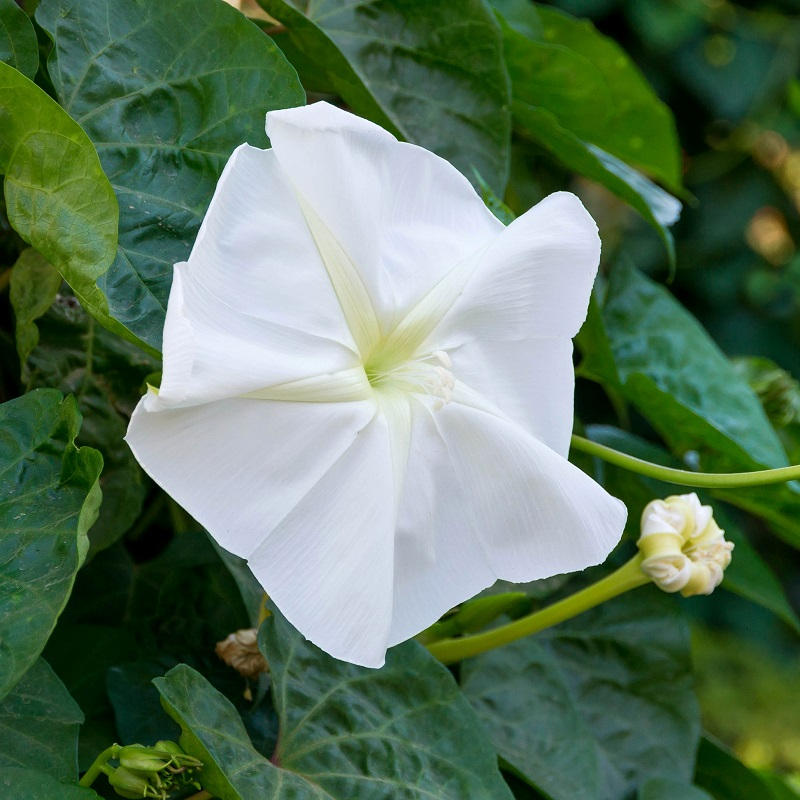
Moonflower (photo:https://www.edenbrothers.com/) 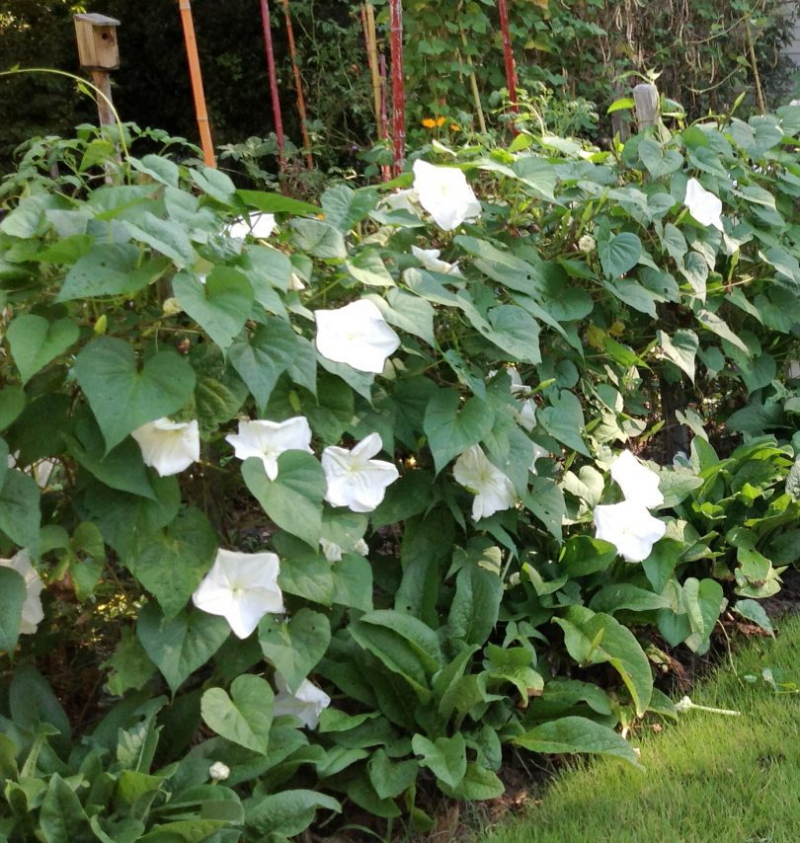
Moonflower (photo:https://www.trianglegardener.com/) -
Datura is a genus of nine closely related species of night-blooming flowers. It is known by several different names, including Devil's Trumpet, Thornapples, Jimsonweeds, Moonflower, and Sacred Datura.
Datura blooms with big, spectacular trumpet-shaped blossoms that stand tall and face the sky. The blooms are typically white, although depending on the species, they can also be pink, purple, or yellow.
These aromatic flowers bloom in the evenings of the fall, spring, and summer. Datura is one of the latter lingering night flowers on this list, closing by noon the next day.
While these flowers are beautiful, Datura is a member of the nightshade family and is a highly poisonous perennial with hallucinogenic properties. They can be dangerous if handled or ingested, and they are not appropriate for a home with pets or children.
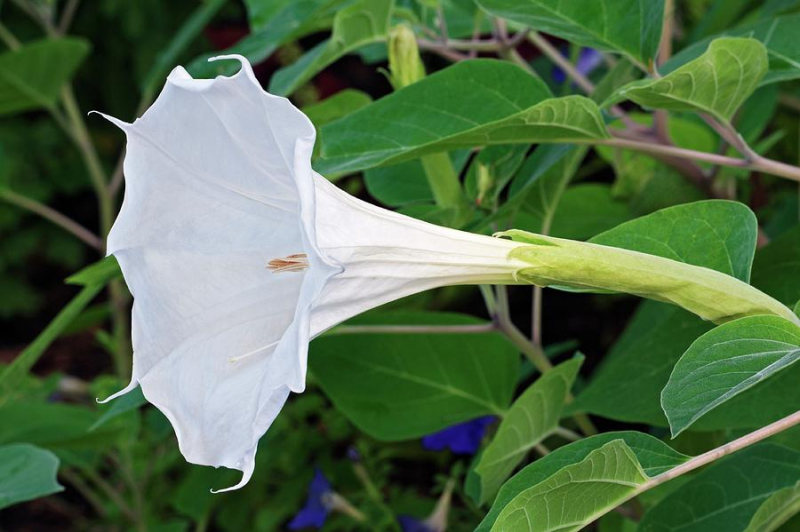
Datura (photo:https://pixels.com/) 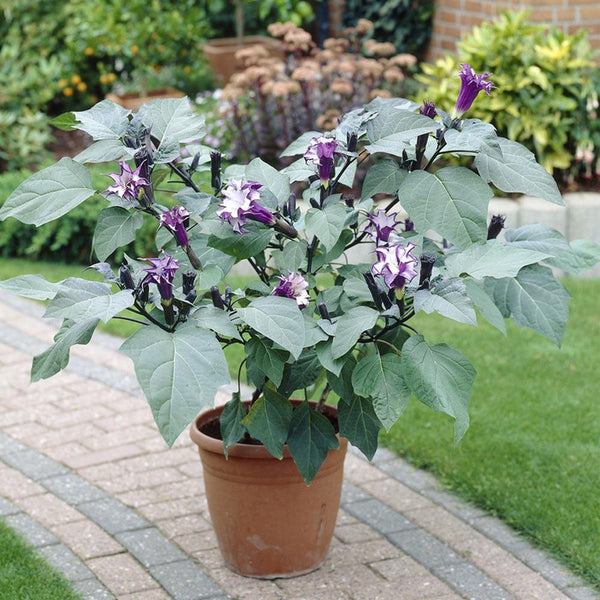
Datura (photo:https://www.fast-growing-trees.com//) -
Brugmansia, also known as Angel's trumpet, Floripondios, and Moonflowers, is a genus of tropical plants with dangling, trumpet-shaped flowers that vary in size, scent intensity, and bloom color (pink, yellow, white, and red) depending on the species.
Brugmansia flowers predominantly in the spring, summer, and fall, depending on the variety. Some Brugmansia plants bloom continuously, while others bloom every six to eight weeks and only produce flowers when the weather is chilly. Individual species have different temperature preferences.
Brugmansia, which is native to South America, is no longer found in the wild, but it can be grown as a houseplant, tree, or herbaceous shrub, depending on your personal preferences and geographical area.
Brugmansia is frequently confused for and closely related to Datura. It was formerly thought to be a member of that genus. The funnel-like flowers of Brugmansia, on the other hand, hang down to the earth, whilst the blossoms of Datura point up to the sky.
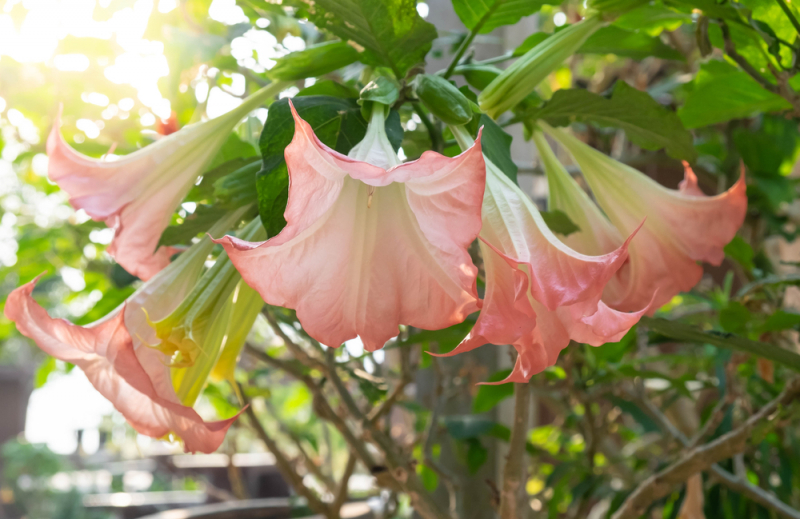
Brugmansia (photo:https://www.floraqueen.com/) 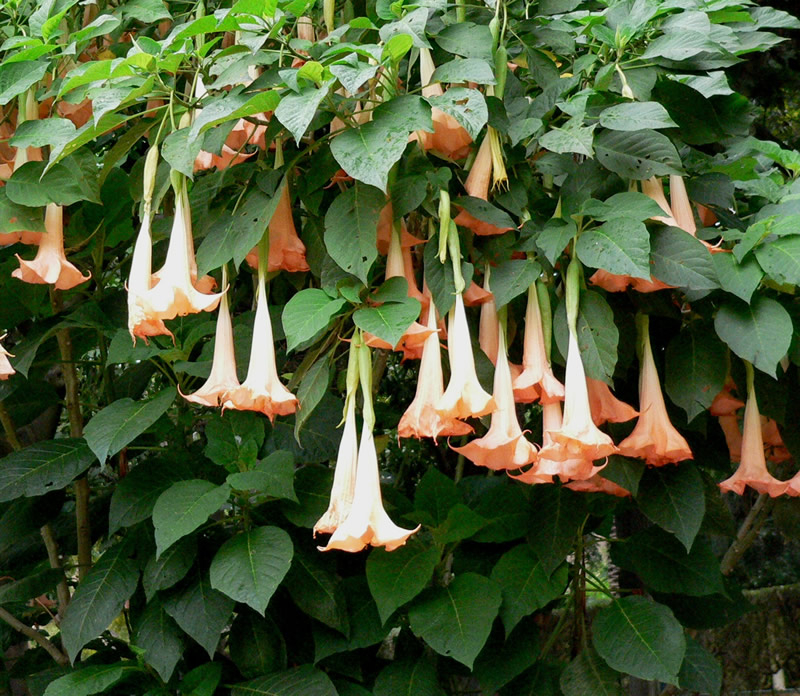
Brugmansia (photo:https://www.fs.fed.us/) -
Mirabilis jalapa, often known as Four O'Clock flowers, was named after the time of day when the various colored blooms open.
Blooms create a fragrant smell and are generally yellow, pink, red, magenta, or white, opening late in the day or early evening. A single plant can produce flowers in a variety of colors, and individual blooms can have speckles and numerous hues.
The flowers that open wither by morning, although they are generated and open throughout their growing season, which lasts from summer to fall.
Four O'Clock flowers are native to South America and are used medicinally by the indigenous people. They are also a dangerous plant if consumed.
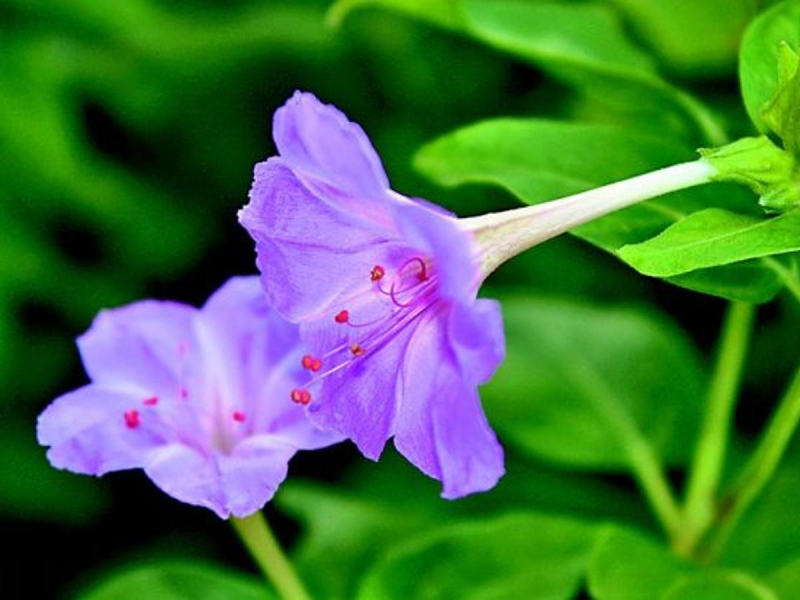
Four O’Clocks (photo:https://www.muskogeephoenix.com/) 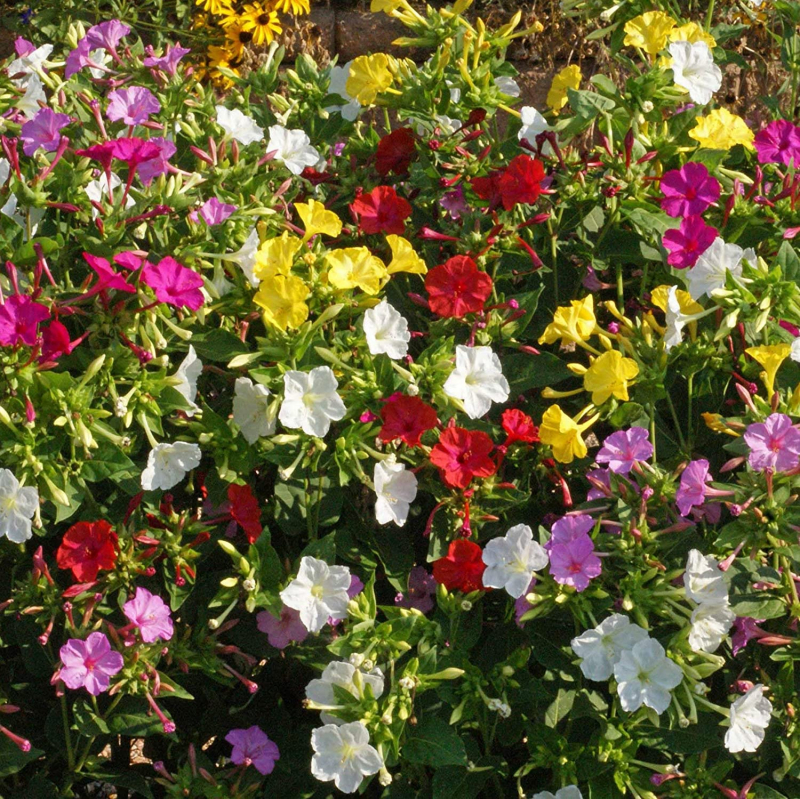
Four O’Clocks (photo: Amazon) -
There are many different sorts of lilies, but the Lilium 'Casa Blanca', or Oriental Lily, has large, outward-facing blossoms that are pure white in color and bloom for up to four weeks in mid to late summer.
Oriental Lilies are grown and developed for their delicate smell and stunning beauty, and they bloom in the evening. Their big, dazzling white petals are ideal for reflecting light, shining out in the dark, and serving as a focal point in moon gardens and on outdoor patios.
Onlookers and pollinators such as butterflies and hawkmoths are captivated by the stunning petals and mesmerizing sweet perfume of the Casa Blanca Lily, which is commonly used for special occasion bouquets.
While these beautiful flowers are fragrant, easy to cultivate, and well suited for containers, they are not cat friendly and are harmful to cats.
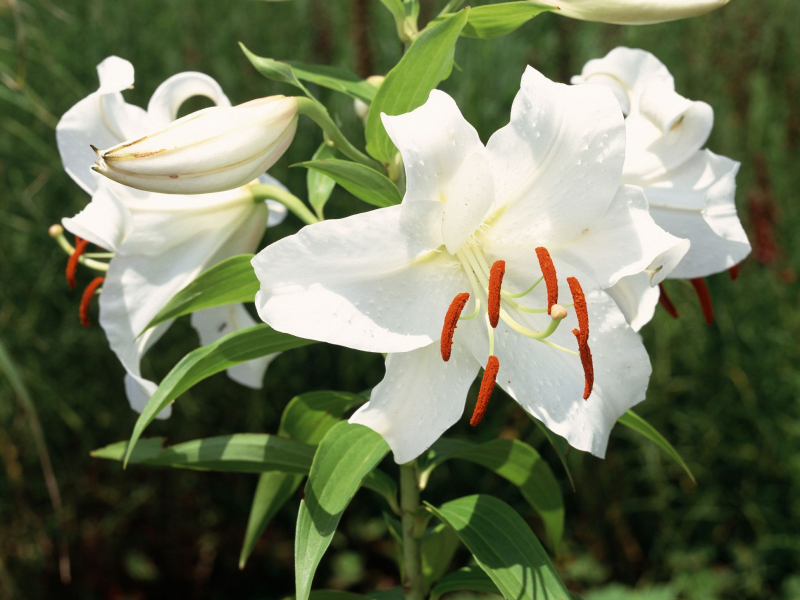
Casa Blanca Lily (photo:https://www.thespruce.com/) 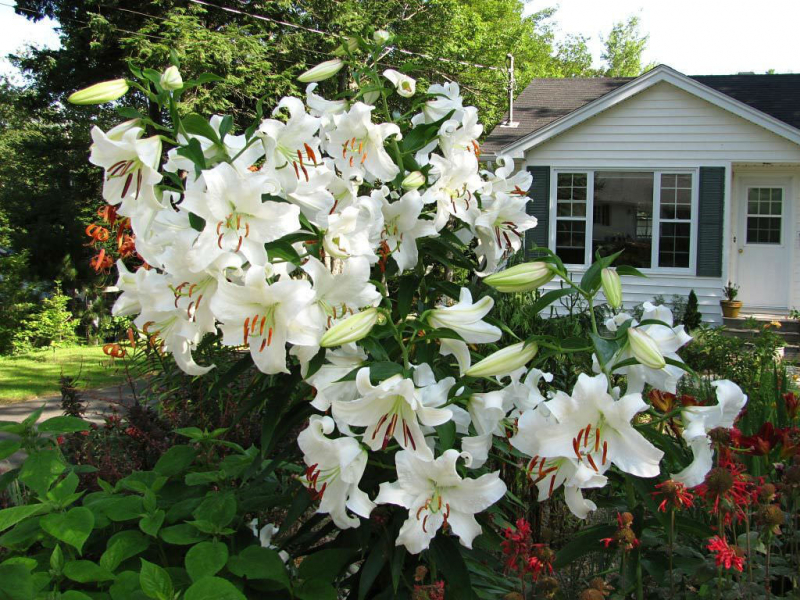
Casa Blanca Lily (photo:https://worldoffloweringplants.com/) -
Polianthes tuberosa, or Tuberose, has been adored and grown for ages, dating back to the Aztecs in Mexico.
The Tuberose is said to be indigenous to central and southern Mexico. It is no longer found in the wild, most likely because it was domesticated by the Aztecs. It is now grown in a variety of tropical and temperate locations.
Interestingly, what was once a well-known and widely planted flower is now a one-of-a-kind addition to a backyard garden.
Clusters of white, star-shaped, tubular flowers bloom for weeks and unroll atop a three-foot-tall stem, opening in the late summer evenings.
Tuberose is well renowned as one of the world's most fragrant flowers, enticing home gardeners with its intense aroma, and is grown and harvested for use in perfumes.
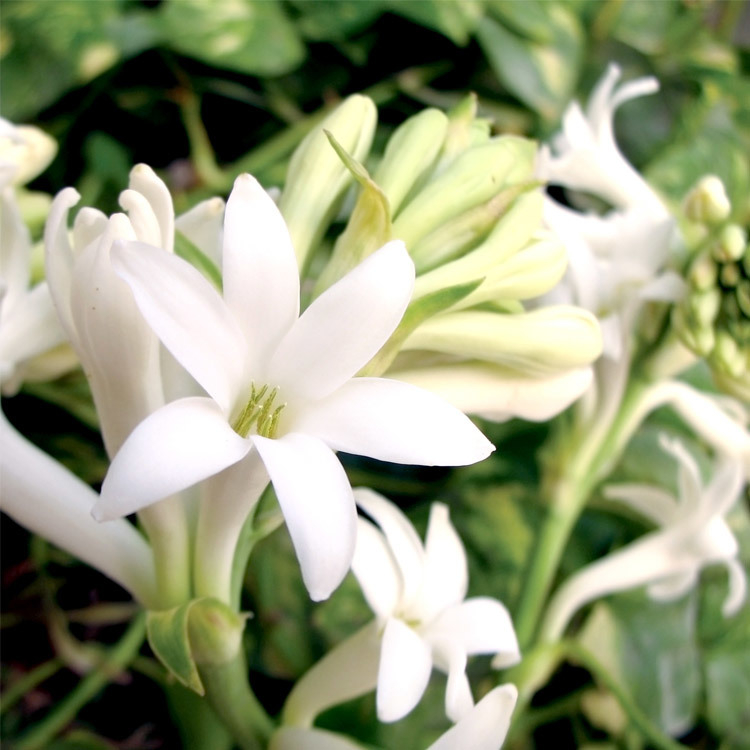
Tuberose (photo:https://www.candlescience.com/) 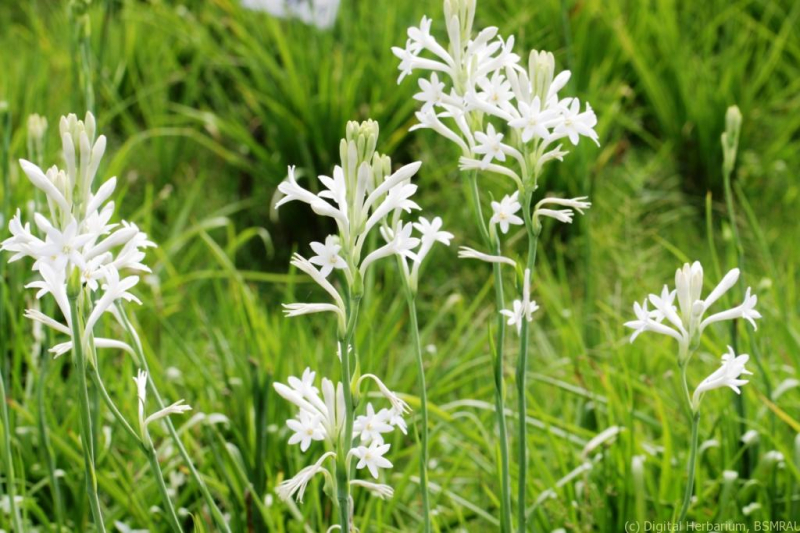
Tuberose (photo:http://dhcrop.bsmrau.net/) -
Nymphaea 'Red Flare,' also known as Tropical Night Blooming Water Lilies, is a free-flowering aquatic annual that blooms at sunset and remains open until late the next morning.
Red Flare Water Lilies bloom from midsummer to early fall, floating barely above the water's surface.
These fragrant night-blooming water lilies have a large flower spread of seven to ten inches and come in a variety of bright pinks, reds, and purples. These enchanting flowers, accented with flat, bronze leaves, are a bright, colorful contrast to the water's dark, glassy surface.
Another bloom cultivated over the ages, Red Flare Water Lilies are an attractive addition to your bog, pond, or water garden.
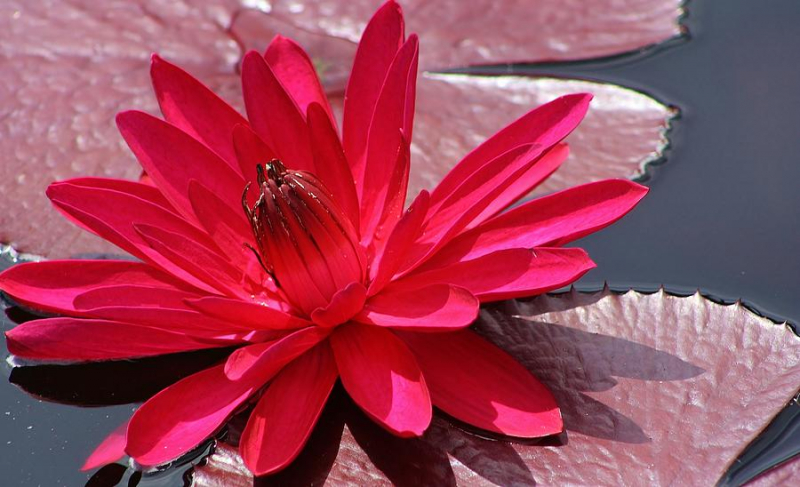
Red Flare Water Lily (photo:https://fineartamerica.com/) 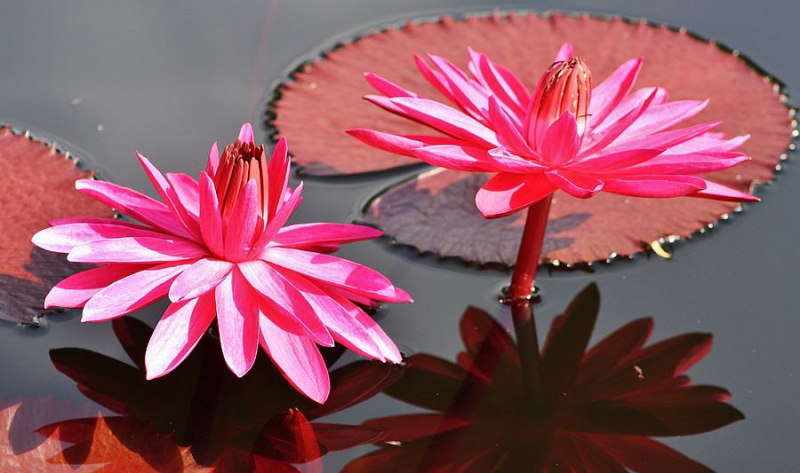
Red Flare Water Lily (photo:https://fineartamerica.com/) -
Berlandiera lyrata, also known as Lyreleaf Greeneyes or Chocolate Daisy, is a night flowering perennial with small, two-inch flowers that is endemic to the United States' grasslands, masas, and rocky, limestone soil.
The Chocolate Daisy, so named because of its chocolate-like aroma that is most evident in the morning, blooms at twilight. The blooms feature eight ray-shaped yellow petals that circle a center disk, and the stems range in height from one to two feet.
However, while Chocolate Daisies smell like coca, are classed as a herb, and are edible, they do not taste like coca.
Chocolate Daisies, which repel deer but attract butterflies, would be a fantastic addition to a backyard garden in USDA planting zones 4-10. If you like daisies, this is the plant for you.
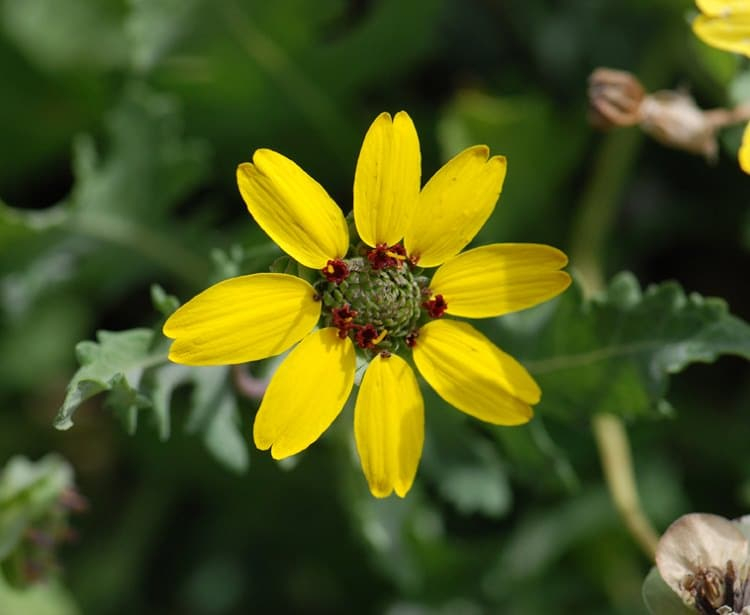
Chocolate Daisy (photo:https://balconygardenweb.com/) 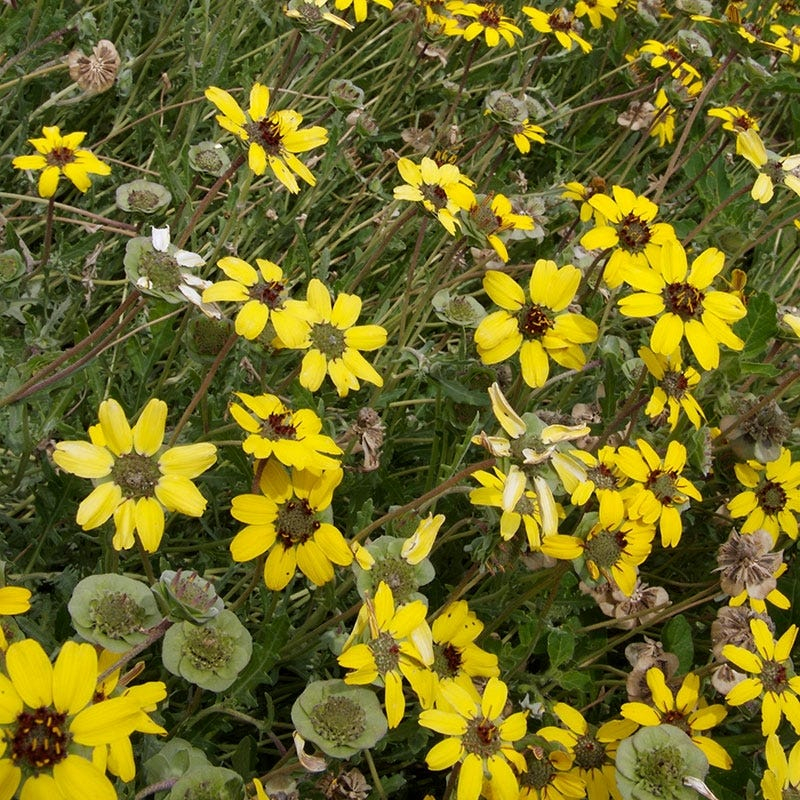
Chocolate Daisy (photo:https://www.highcountrygardens.com/)












